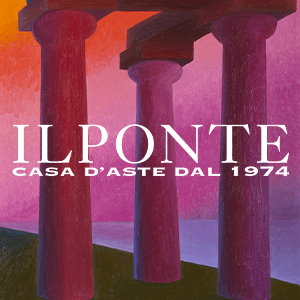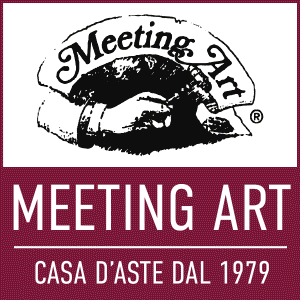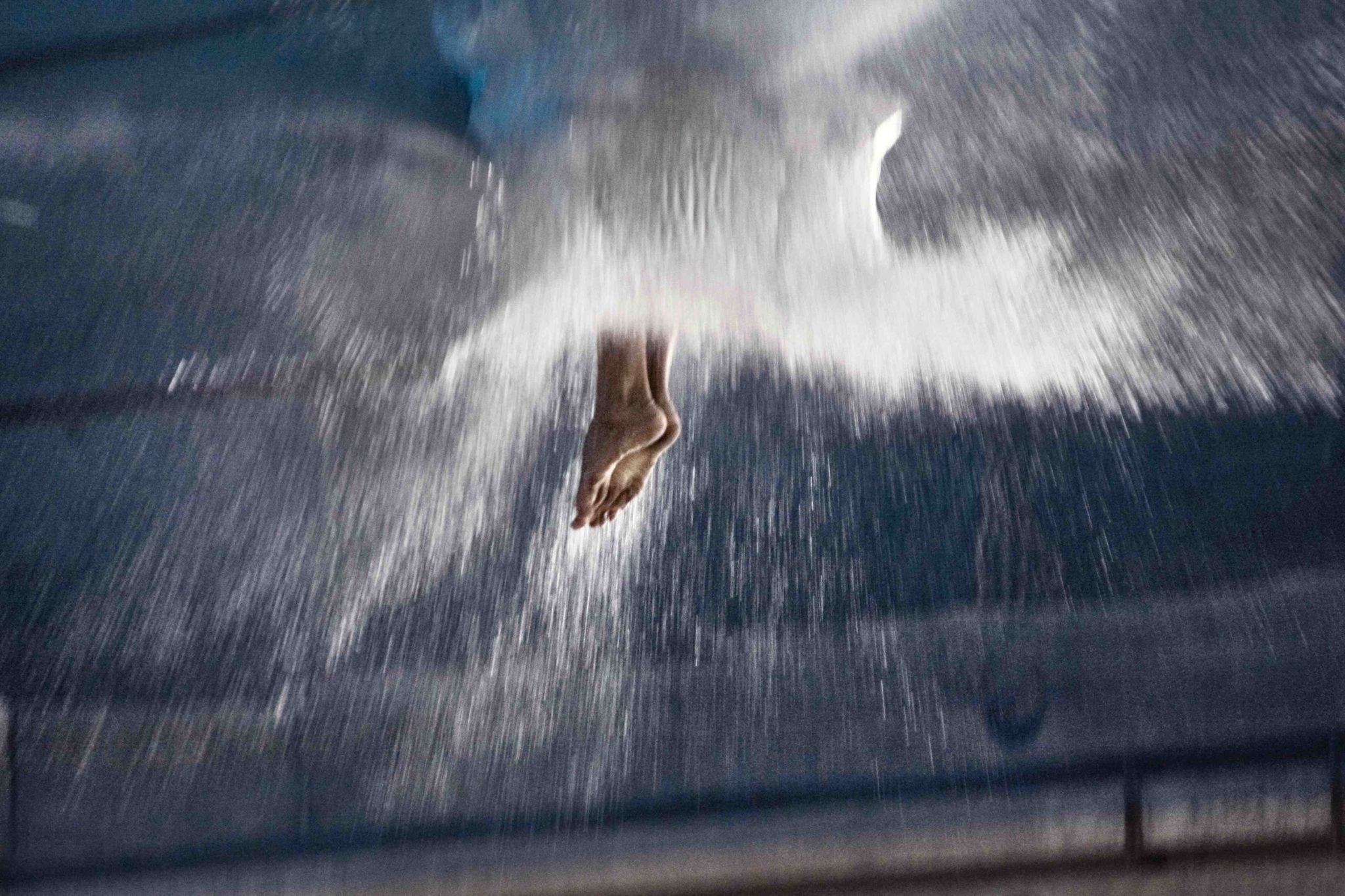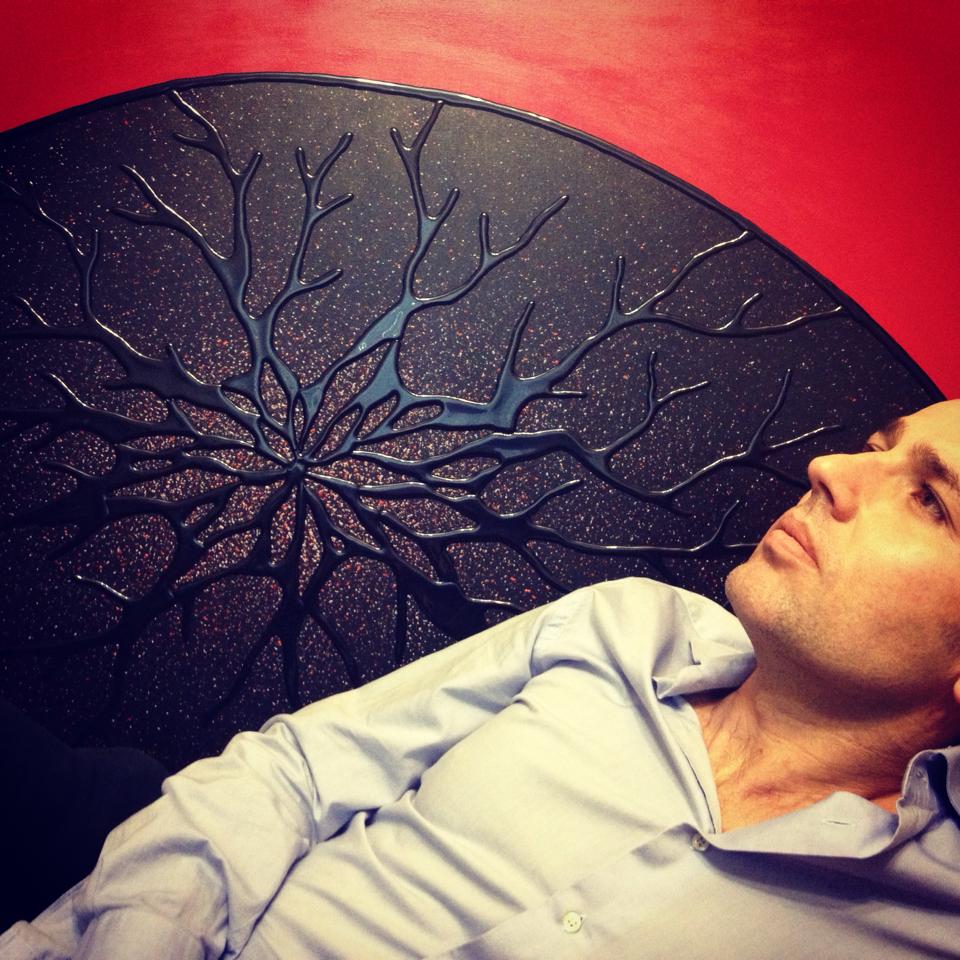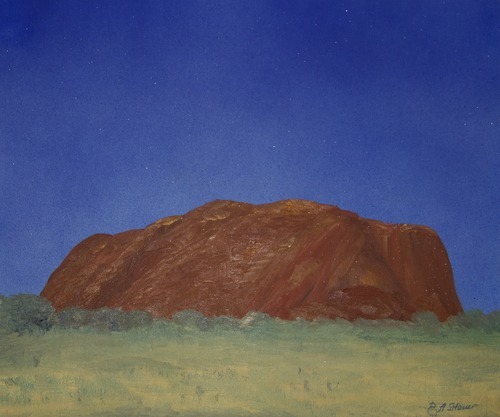
On the occasion of the celebration of Australia National day I decided to talk about this wonderful country depicted in the art of indigenous and modern artists.
There is a saying that says “curiosity came after me” that explains the human desire to discover all the secrets of the world. This ambition drove all the great explorers such as James Cook, who mapped Australia, disembarking onto the shores of the 5th continent in 1770. But it was another event – 18 years later – that had a greater importance – the raising of the Union Jack at Sydney Cove by Captain Arthur Phillip, the commander of the First Fleet of 11 convict ships from Great Britain, on 26 January, 1788, which anniversary is celebrated today as Australia Day.
Personally I was dreaming to visit Australia and when I had a chance to do so I loved this country. I even dedicated a few paintings to this wonderful country and its nature.
Though 26 January marks this specific event, today Australia Day celebrations reflect contemporary Australia: our diverse society and landscape, our remarkable achievements and our bright future. It also is an opportunity to reflect on our nation’s history, and to consider how we can make Australia an even better place in future.
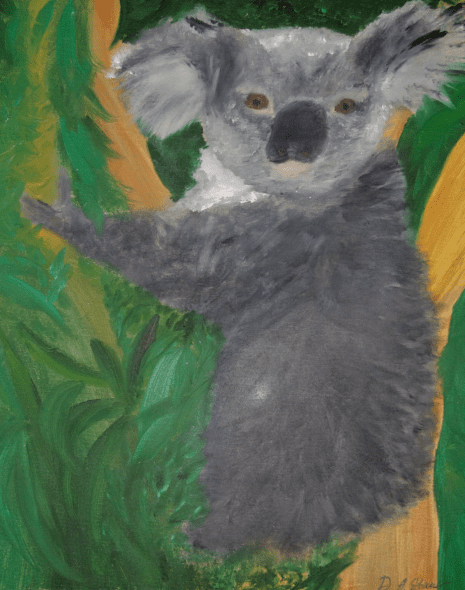
Koala. Oil on canvas. 50×60 cm.
Landscape from “Back to Nature” theme collection.
The artwork is appearing in the book of poetry and art “Indian Sunrise”.
Milan, 2013.
But the future is the continuation of our deeds in the preset, which are the consequences of our past. This past is key to understand Aboriginal art, that is based on important ancient stories (Jukurrpa) and symbols centred on ‘the Dreamtime’ the era prior to the formation of the material world. All the mountains, lakes, ponds are the “traces” of travel and actions of ancestral beings who lived in Dreaming times, prior to the human memory.
Aboriginal art in fact was not separated from the rest of their life: it had the same importance as chanting, hunting, nomadic travels.

Claude Carter
Limestone Ridge at Gooboorooru Cave, 2011
Natural earth ochres on canvas 150 x 180 cm
And moreover, aboriginal art also stands as a written language: Aboriginal art is a major part of the unwritten ‘encyclopedia’ of being an Aboriginal person and as such it may have many layers of meaning. Australian Aboriginal people have no written language of their own, and so the important stories central to the people’s culture are based on the traditional icons (symbols) and information in the artwork, which go hand in hand with recounted stories, dance or song, helping to pass on vital information and preserve their culture.
That is why paintings are also used for teaching: a painting (in effect a visual story) is often used by the aboriginal people for different purposes, and the interpretations of the iconography (symbols) in the artwork can vary according to the audience.
Aboriginal art on canvas and board only began 40 years ago: Traditionally, the paintings we now see on canvas, were scratched or drawn on rock walls, used in body paint or on ceremonial articles and importantly, drawn in sand or dirt accompanied by the song or story. In 1971, Geoffrey Bardon a school teacher working with Aboriginal children in Papunya, noticed the Aboriginal men, while telling stories to others, were drawing symbols in the sand. He encouraged them to put these stories down on board and canvas, and there began the famous Aboriginal art movement. It was a major leap for indigenous people to begin painting their stories on western rectangular shaped surfaces – a totally foreign concept in their world.
Since then, Australian Aboriginal Art has been tagged the most exciting contemporary art form of the 20th Century.

Bruce Charles Chatwin, British writer and traveler, in his book “The Songlines” explains that the stories of the the Dreamtime are passed on in the form of songs. Practically, these songs are describing the paths undertaken by the ancestors in their travels. Moreover, each of them has the corresponding musical structures. Also Chatwin writes that they present a sort of maps that describe the morphology of the territory covered by that path.
There are several styles of painting that are used to hide secret information from the strangers and at the same time share it with each other. For instance, Dot painting in the main, began when the Aboriginal people became concerned that white man would be able to see and understand their sacred and private knowledge. The dots (sometimes called ‘over-dotting’) were used to obscure the secret iconography (symbols) underneath.

Lorna Fencer
Caterpillar Dreaming, 2009
Acrylic on canvas 125 x 165 cm
Aboriginal artworks can qualify for both galleries and museums: it is rich in spiritual teachings, knowledge, and cultural behaviour, as well as the practical skills and knowledge required to survive.
Spiritual, mystical men: this are the aboriginal “artists”: those who know the way of their ancestors. This extraordinary people, who are able to express their ancient culture, transmitted orally for 40 thousand years till present in genuine, pure conditions. A purity that, unfortunately, may soon disappear.
Fortunately, the topic of australian aboriginals and their art is quite popular: a couple of days ago I surprisingly discovered a photography exposition dedicated to the australian indigenous people in Berlin. That made me feel amazing, because I understood that people have interest to the subject. So, At the end of my article I personally would like to invite you to watch my video “The keys of the Arch”, on australian aboriginal art which has a goal of raising awareness of people on the australian aboriginals and their art..




